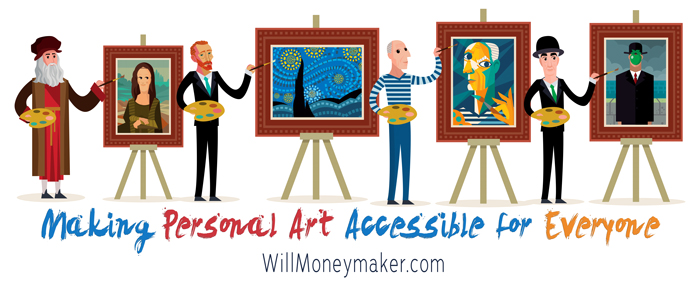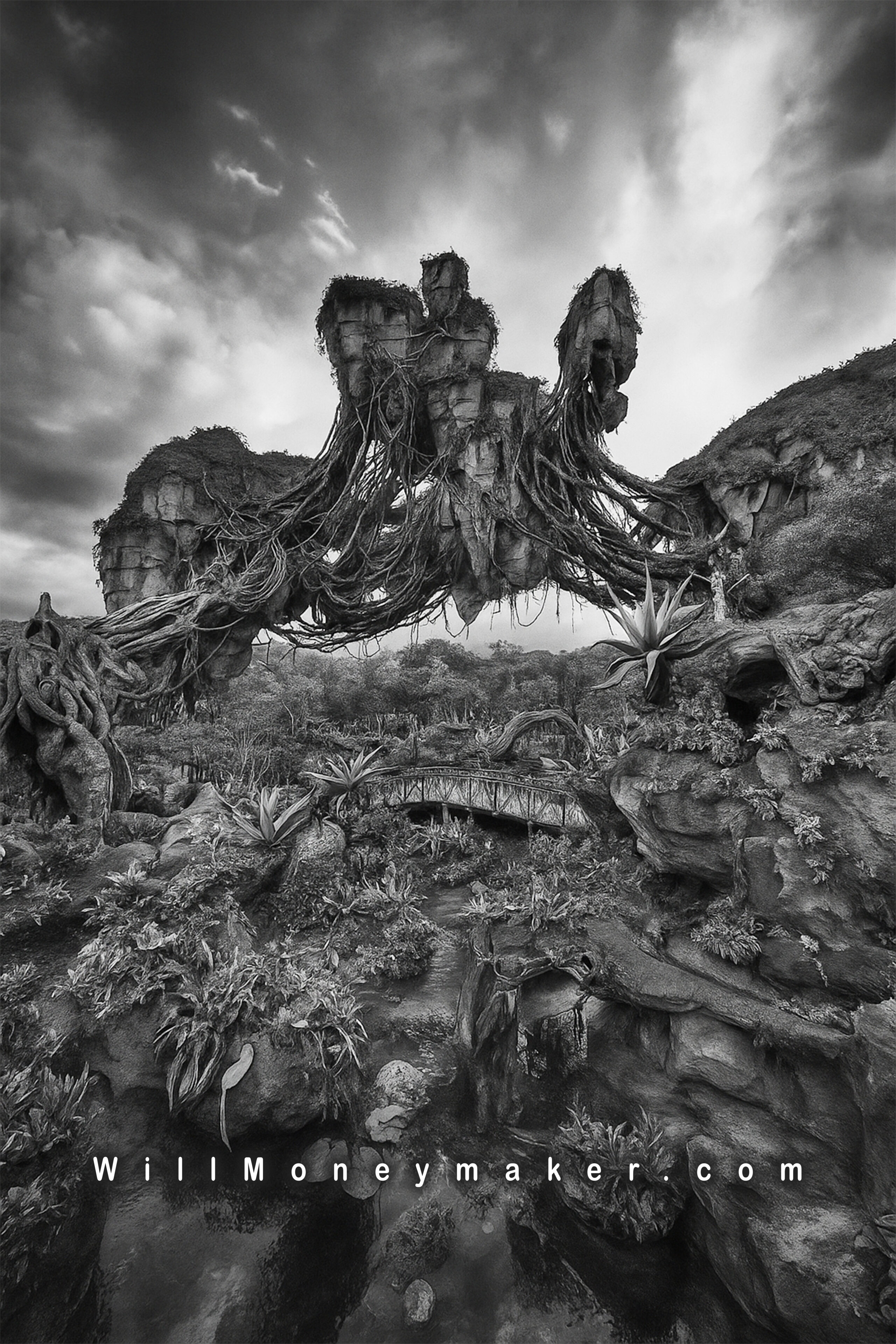One of the most interesting things, I think, about art — and I speak about art of any kind, including photography — is how incredibly personal it is. Art is truly a product of your imagination, unique and specific to your own mind. A private glimpse, if you will, into the inner workings of your thought process, your creative process and so on. Great art gives you a sense of who the artist is and what he or she is about, though it is impossible to envision the entirety of a person just by viewing one of his or her productions.
And that leads me on to my next point. Art really is personal, something that you may enjoy even if no one else does. For the artist, the task at hand is to be able to convince others that your art is something worth looking at. The viewing of art, well, that takes time, time that not everyone has to give. Thus, in order to convince someone that your art is worth the viewer’s time, it had better be something valuable. The viewer, in order to not feel like time has been wasted, in order to want to see more of your work, must come away with something that he or she did not have prior to looking at your work.
So what are the things that your art can give to the viewer? There are many possibilities. The answer to this question is as different as each individual photograph. Some photographs are thought-provoking, causing the viewer to think and feel in ways he or she had not before. Others are fulfilling to look at and many exist simply to make the viewer happy.
With that in mind, I think it helps to approach the art making process with the thought of what you might be able to give your viewers. It is a way, I think, to make the art a little bit less personal and a little bit more appealing to a broader audience. The question is, how do you insert that special something, that bit of extra that the viewer can take away from the image? Here are a few of my thoughts on the matter.
How to Give Viewers a Sense of Happiness
It isn’t enough to take a picture of a thing that makes you happy. Instead, if this is your intent, then think of the entire experience in a holistic way. What is it about the image itself, the objects within it that make you happy? What about the relationships within the image? Most images are made up of a combination of elements that interact in a pleasing way.
However, apart from the elements themselves, what else can you do to impart a sense of happiness? One way I do it is to think about what makes me happy as I’m creating the photograph. For example, let’s say that you are standing in a field, taking photographs of the plants and animals that you see. What is it about the day that makes you happy? Is it the sunlight falling on your shoulders, the way it warms you? Or perhaps it is the birdsong filling the air.
Whatever it is about the experience that makes you happy, think about ways you can insert these things into your photograph. Obviously, you cannot actually put birdsong into a photograph but perhaps there is something you can add that reminds the viewer of birdsong.
How Can You Make a Photograph Fulfilling?
What is it about a photograph that gives the viewer a sense of fulfillment? As with any other thought or emotion that can be gained, a lot of it has to do with the image’s content. But more than the content, the sense of fulfillment often comes from the image’s composition.
An image that has great composition is one that appears to flow seamlessly together. The viewer is lead throughout the photo, their eyes guided by the way you have aligned everything. What they gain from this is a deep sense of satisfaction, a complete visual experience – not dissimilar to the way a dinner might feel after finishing a particularly delicious meal.
So what compositional tools can you use to create that sense of fulfillment? Of course, there are many tools but the Rule of Thirds is probably the most widely recognized: The alignment of important features on the lines that divide a photograph into thirds horizontally and vertically. Things like leading lines, or lines that lead a viewer’s eye through the photograph, are also great tools that will help to make the image one that is fulfilling to look at.
Adding Emotion Through Tone and Color
Tone and color are essential for the emotional effect of an image. In fact, there is an entire field of psychology devoted to colors and the way they make people feel. In other words, if you want to impart a certain emotion, then think about what colors may help you to achieve that – and don’t forget that mixing colors can also help to mix emotions.
Let me give you an example: You are photographing in that same field. The grass is green and the sky is a deep blue. Both green and blue are known to have calming effects while green is a fresh color that tends to make people feel refreshed and clean. Blue is also known as an enthusiastic color. Your image, containing predominately these two colors, may remind someone of an afternoon playing at the park with the children because the colors, combined, give it both a calming, relaxing feeling and one that has a sense of playful enthusiasm.
Moreover, strange as it sounds, this effect works in black and white imagery, though to a lesser extent. However, if you take that same photograph of the field and the blue sky in black and white, people naturally assume the colors that would be present and so they receive some of the same benefits though the colors may not be there.
No matter how you choose to do it, be aware that there are always ways that you can add something to an image that will leave a lasting impression on the viewer. Approach all of your images in this way and your audience will happily spare the time to enjoy your work!





